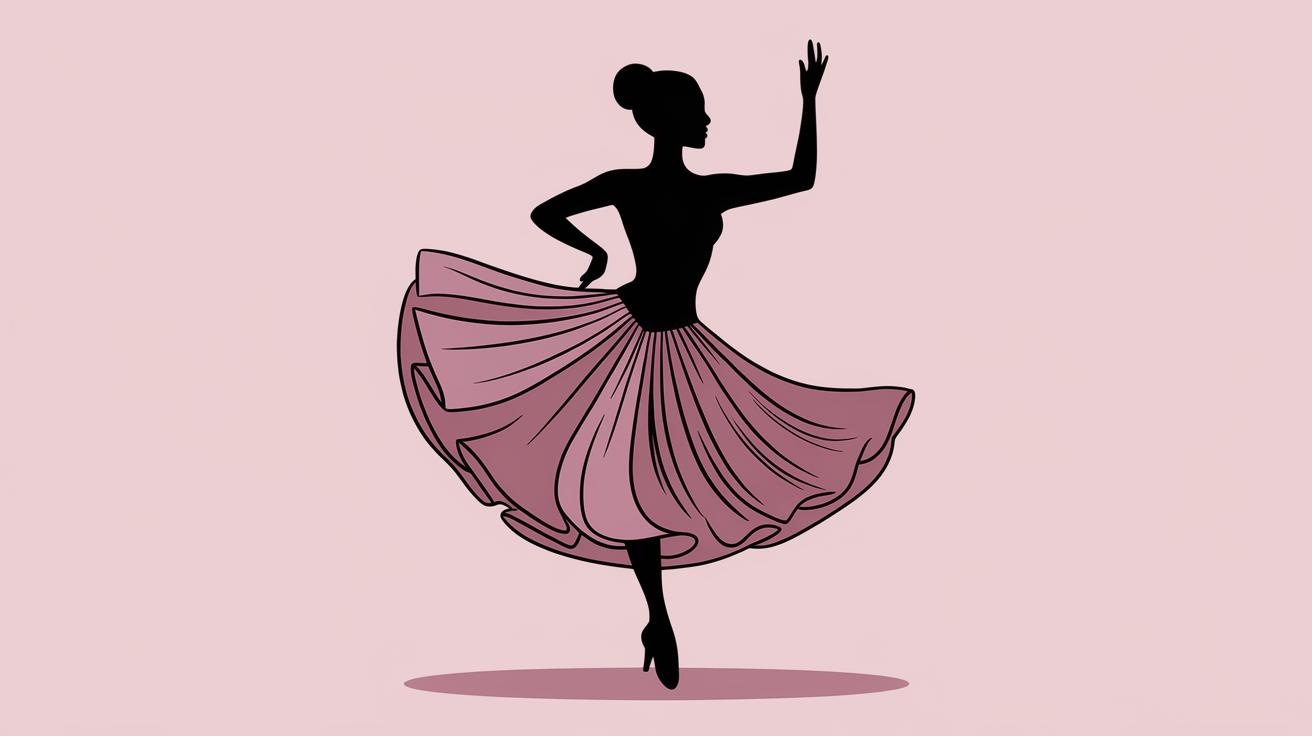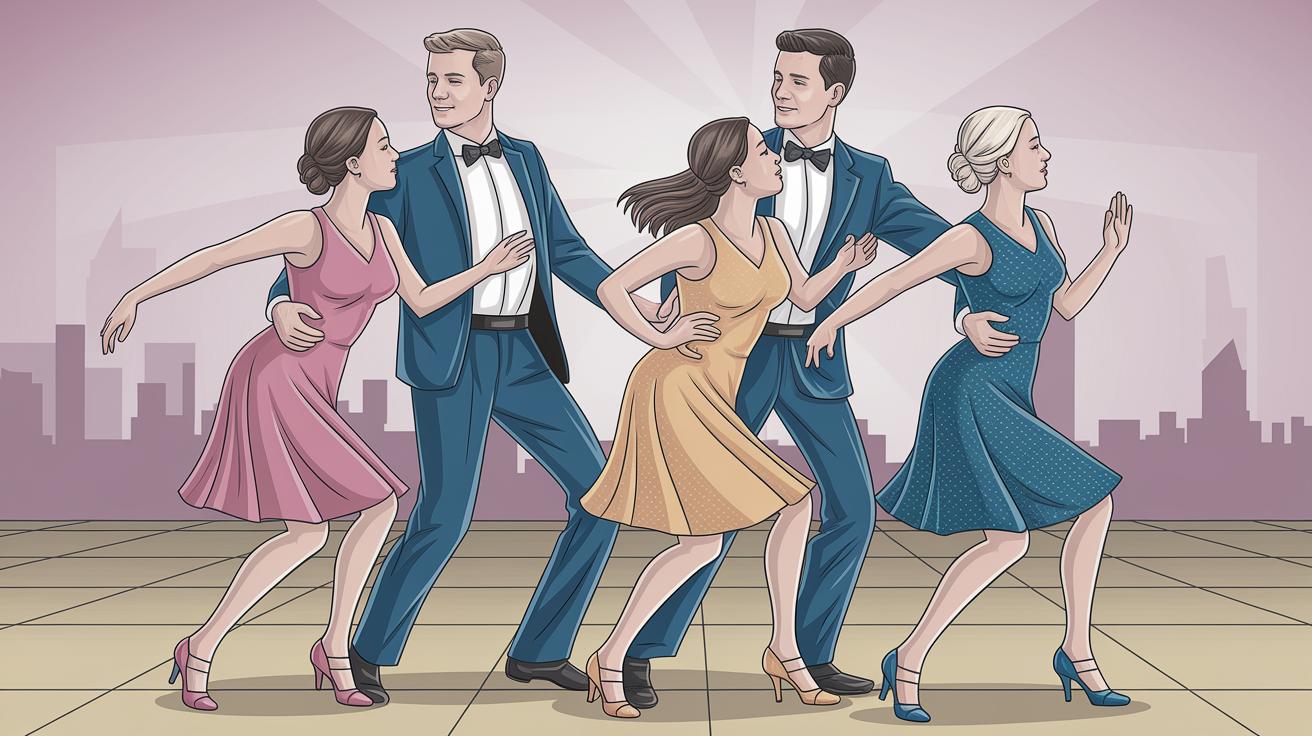How to Dance Smoothly: A Guide for Aspiring Dancers
In the world of dance, mastering fluid and graceful movements is a cherished skill that many aspire to achieve. Whether you’re a beginner taking your first steps onto the dance floor or an experienced dancer looking to refine your technique, dancing smoothly is an art that requires a blend of physical agility, precise coordination, and an understanding of rhythm. This comprehensive guide will explore essential tips and techniques to help you dance smoothly and effortlessly across any dance style. From enhancing your body awareness and control to building your confidence and rhythm, we’ll cover key aspects that contribute to graceful dancing. Join us as we delve into the world of smooth dancing, offering insights and practical advice to elevate your dance experience.
Understanding Body Awareness and Control
Achieving smooth movements in dance begins with cultivating a strong sense of body awareness. Being consciously in tune with your body allows you to execute movements with precision and fluidity. Start by practicing basic exercises that enhance proprioception, the body’s ability to sense movement and position. Activities such as yoga or Pilates can significantly improve your body awareness through mindful movements and controlled breathing.
Developing control over your body’s movements is equally important. Practice isolations to understand how different parts of your body move independently. This technique will help you achieve the fine-tuned control necessary for smooth transitions between dance steps. By maintaining a focused and relaxed body posture, you’ll find it easier to glide across the floor effortlessly.
Mastering Rhythm and Musicality
Dancing smoothly often hinges on your ability to connect with the music. To do this, it’s crucial to develop a keen sense of rhythm and musicality. Start by listening actively to a wide variety of music, paying attention to the timing, tempo, and accents. Try clapping or tapping along to help your body internalize the rhythm. With time, your movements will naturally align with the music, creating a harmonious flow.
Practice dancing to different types of music, experimenting with varying tempos and styles. This not only enhances your adaptability but also enriches your dance vocabulary. Engaging with the music in this way allows you to express your unique interpretation through smooth, flowing movements. Remember, the goal is to make it appear as though your body is an extension of the melody, moving seamlessly with the rhythm.
Improving Balance and Posture
Balance and posture are fundamental to achieving smooth dance movements. Good posture not only enhances your appearance but also stabilizes your core, providing a solid foundation for all your dance actions. Regularly practicing exercises that strengthen your core and legs will significantly improve your balance. This, in turn, reduces unnecessary movements, allowing you to focus on fluidity.
Additionally, pay attention to your footwork and how you distribute your weight. Proper foot placement is key to maintaining balance and executing smooth transitions. Employ techniques such as spotting in turns to keep your movements controlled and deliberate. As you practice, you’ll notice a marked improvement in your ability to move gracefully and confidently across any dance floor.
Building Confidence and Overcoming Stage Fright
Confidence plays a pivotal role in dancing smoothly, especially in performance settings. To build confidence, regularly rehearse your routines and solo performances, both in private and in front of supportive peers or mentors. Feedback can provide valuable insights and help you make the necessary adjustments to your technique.
Overcoming stage fright is another crucial aspect of confident dancing. Try visualization techniques where you imagine yourself executing the dance flawlessly. Deep breathing exercises before a performance can help calm nerves and enable you to focus on the joy of dancing rather than the fear of judgment. With practice, you’ll find that your confidence naturally translates into smoother, more assured movements.
Future Prospects in Your Dance Journey
| Topic | Key Insights |
|---|---|
| Body Awareness and Control | Enhance proprioception through exercises, practice isolations, maintain a focused posture |
| Rhythm and Musicality | Develop rhythm through active listening, experiment with music styles, align movements with melody |
| Balance and Posture | Strengthen core and legs, proper foot placement, employ balance techniques |
| Confidence and Stage Fright | Build confidence with practice, visualize success, use deep breathing to calm nerves |


